Our day started with a walk around the city’s medieval main square (Rynek). We’d already been enchanted by its beauty during our evening visits to the city’s festive Christmas market and now it was time to admire it in daylight.

This square was laid out by the city planners in 1241 and it remains one of the largest and most magnificent in the whole of Europe. Laid to ruins after the Siege of 1945 it has been painstakingly reconstructed with enormous attention to detail resulting in an exact replica of its original.

The Town Hall sits at its centre and is a masterpiece of medieval architecture. This stunning Gothic building took more than 200 years to take shape. The right-hand section of its eastern façade is the oldest with austere early Gothic features whilst the delicate carving displays early Renaissance style. The southern side of the building dates from the 16th century with its ornate oval windows and carved stone figures. The tower was only added in the 16th century and this rises to 66 metres in height. The most photographed part is undoubtedly its astronomical clock which is made of larch wood and was constructed in 1580.
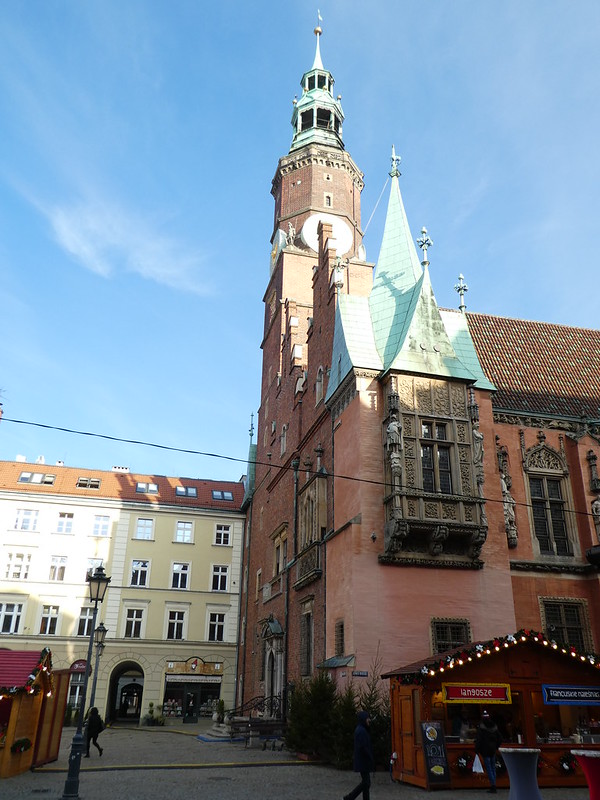
The Town Hall is now home to the Museum of Bourgeois Art enabling visitors to admire the interior of the building as well as the art gallery itself. In front of the Town Hall stands a monument to Aleksander Fredro who is one of Poland’s most famous comedy writers. Surrounding the square are colourful Gothic and art-nouveau townhouses now home to a wide selection of shops, cafes and restaurants. Kraków’s main square may be the most visited by overseas tourists to Poland but I consider that this one in Wrocław to be equally beautiful.

After exploring the main square we turned our attention to gnomes, as in Wrocław there is a tiny world of over 300 of these charming little statues waiting to be discovered. At first we didn’t notice any but on more careful scrutiny we began searching them out.
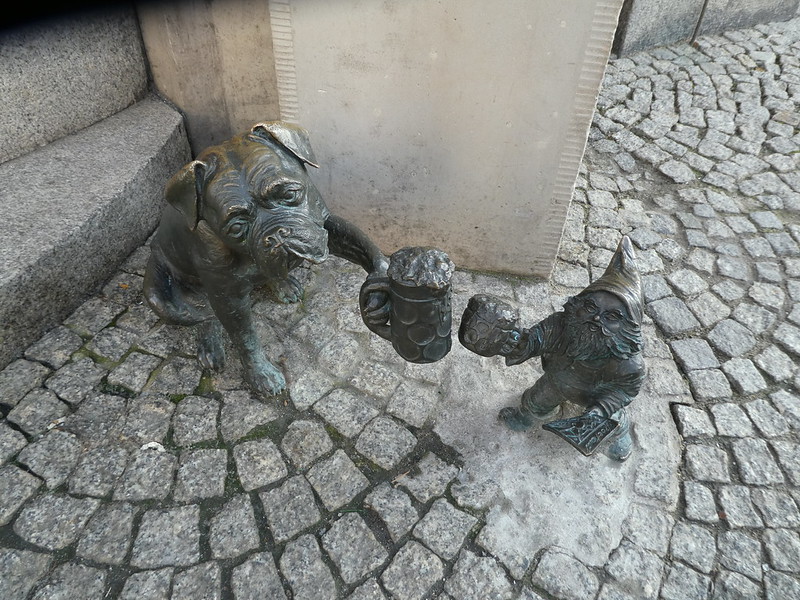
They are hidden all over the city from along narrow alleyways, to sitting on doorsteps and clinging to lampposts. These tiny bronze statues represent part of Wrocław’s history and daily life. They are all unique and comprise an entire society including bakers, dentists, postmen, doctors and teachers. It was fun to search some of them out as they can be found reading a book, tapping away on a laptop, sleeping outside a hotel and even kissing in front of the city’s register office.
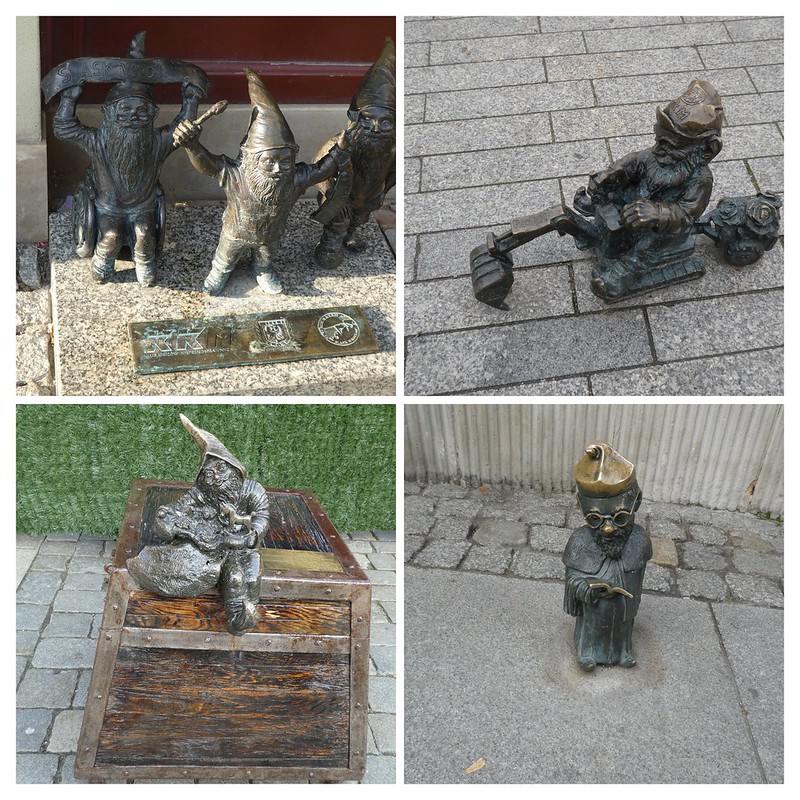
All of this gnome spotting had made us hungry so we headed to Wroclawska Restaurant located close to the main square. The theme of this restaurant’s cooking is ‘history inspired cuisine’. This was inspired by a series of books from a well known local writer whose main character is a pre-war policeman and lover of local Wrocław cuisine.
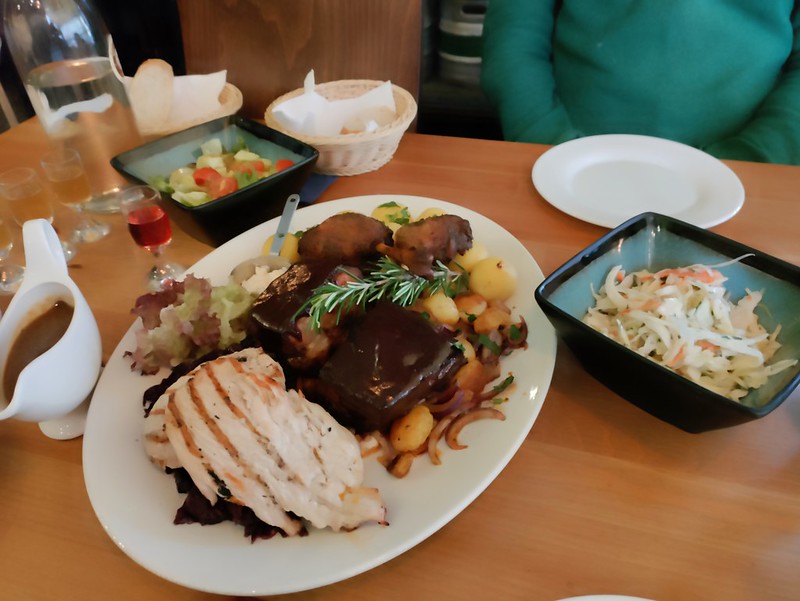
The restaurant had a cosy interior and an outdoor terrace for warmer days. We opted for bowls of soup to begin with, followed by a sharing platter of local dishes comprising beef ribs, local sausage, duck legs, dumplings, potatoes and salad which was all very tasty.
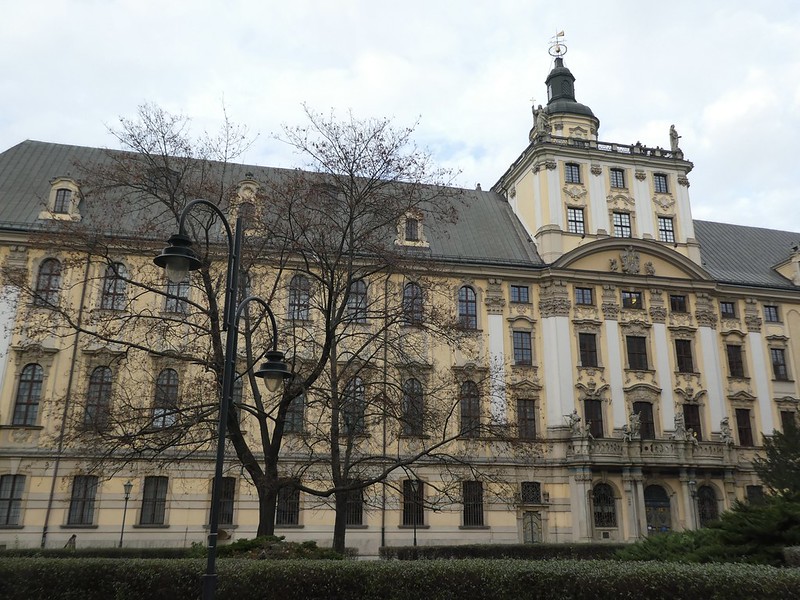
Our planned afternoon activity was to the Wrocław University Museum located just a short walk from the restaurant. Tickets can be purchased to cover the Aula Leopoldina, the Oratorium Marianum and access to the Mathematical Tower. Wrocław University was founded in 1702 and is famous for its Mathematical Tower which was formerly the Astronomical Observatory, and for its stunning Baroque halls.

The museum of the University of Wrocław was established in 1992 and is devoted to the rich history of the university which is one of the most important scientific institutions in Poland. Unfortunately the Aula Leopoldina was in use for a private function at the time of our visit so we were unable to explore this hall. It is the largest room of the main building and from its photographs looks very elaborate with its Baroque style furnishings, sculptures and paintings,
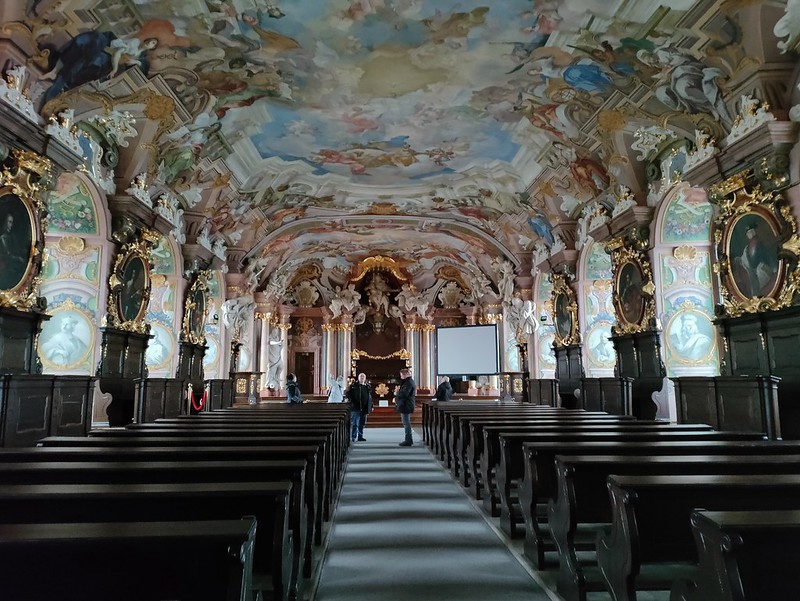
We were able to view the Oratorium Marianum which also has a grand Baroque interior. The hall was created between 1728-1741 as a covered chapel. After the secularisation of the Jesuit order and establishment of the University in 1811, the interior became a music hall.

The museum includes a fascinating collection of astronomical tools including a sky globe from 1699 and an equatorial sundial from the 18th century. A grand staircase leads up to the Mathematical Tower which has a viewpoint terrace at a height of 42m from where there are some excellent views over the city’s rooftops.
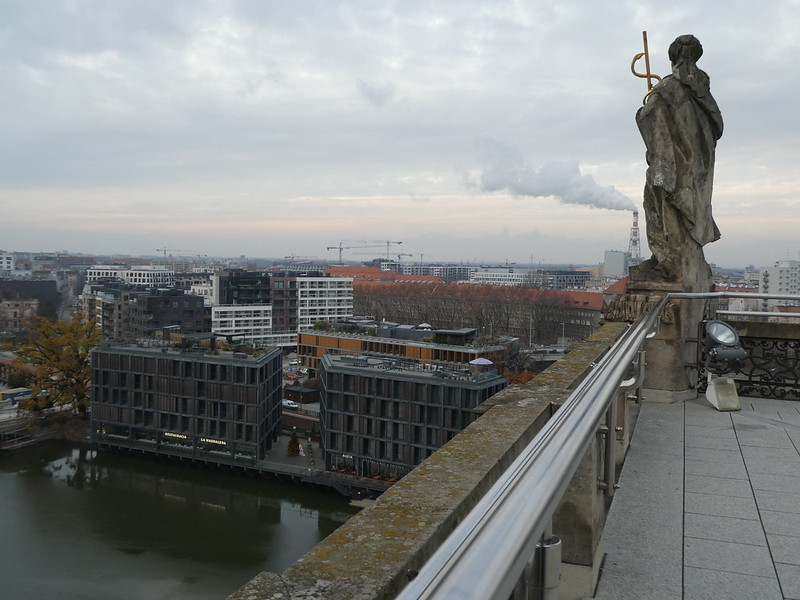
Back at ground level we stood on the Meridian Line designed in 1791. The 17th meridian east is a line of longitude that extends from the North to the South Pole passing through Wrocław just outside of the university. Even if you don’t have time to visit many of Wrocław’s museums, I would strongly recommend adding a visit to the University Museum to your itinerary.
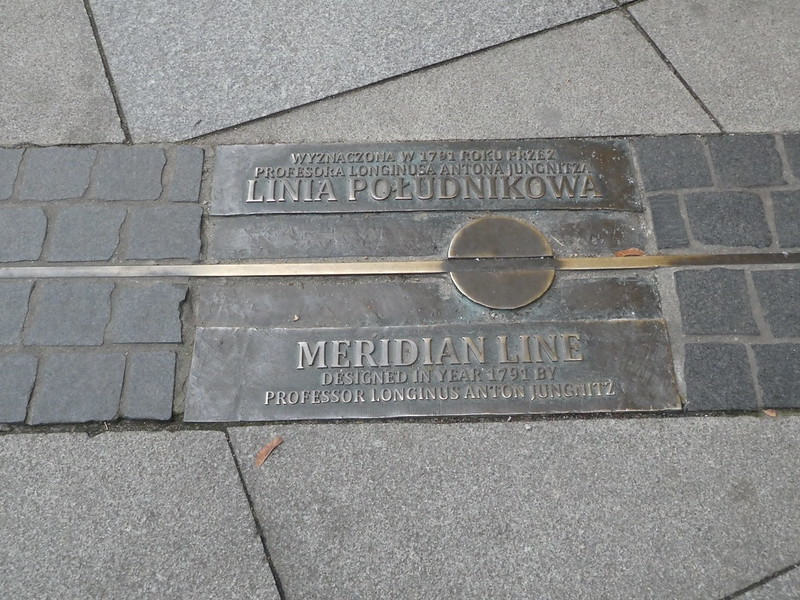
Last but not least of our day’s visits was to the city’s Architecture Museum which is located in an old Benedictine Monastery constructed between the 15th and 16th centuries. The beautiful interior contains aspects of church architecture with a focus on the Silesian region.

The end of a fascinating day exploring the city centre, going in search of gnomes and then visiting two of Wrocław’s interesting museums.
If you have enjoyed reading this post you may also like:
48 Hours in Warsaw
Gdansk City Break
Source link
